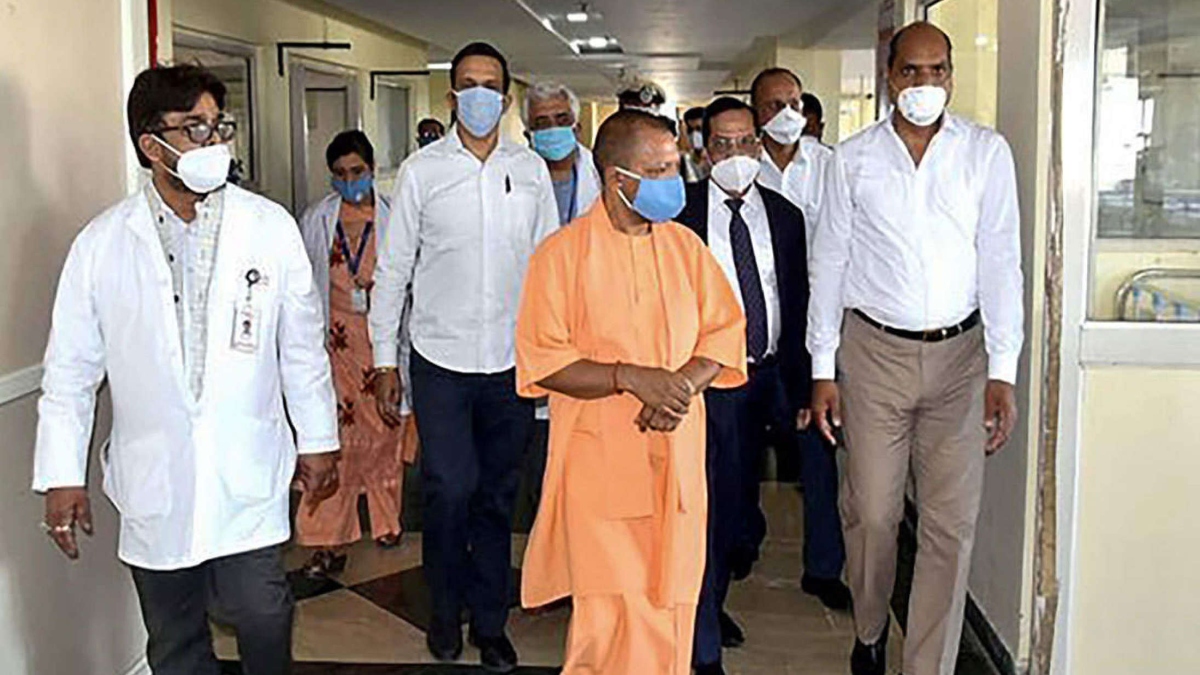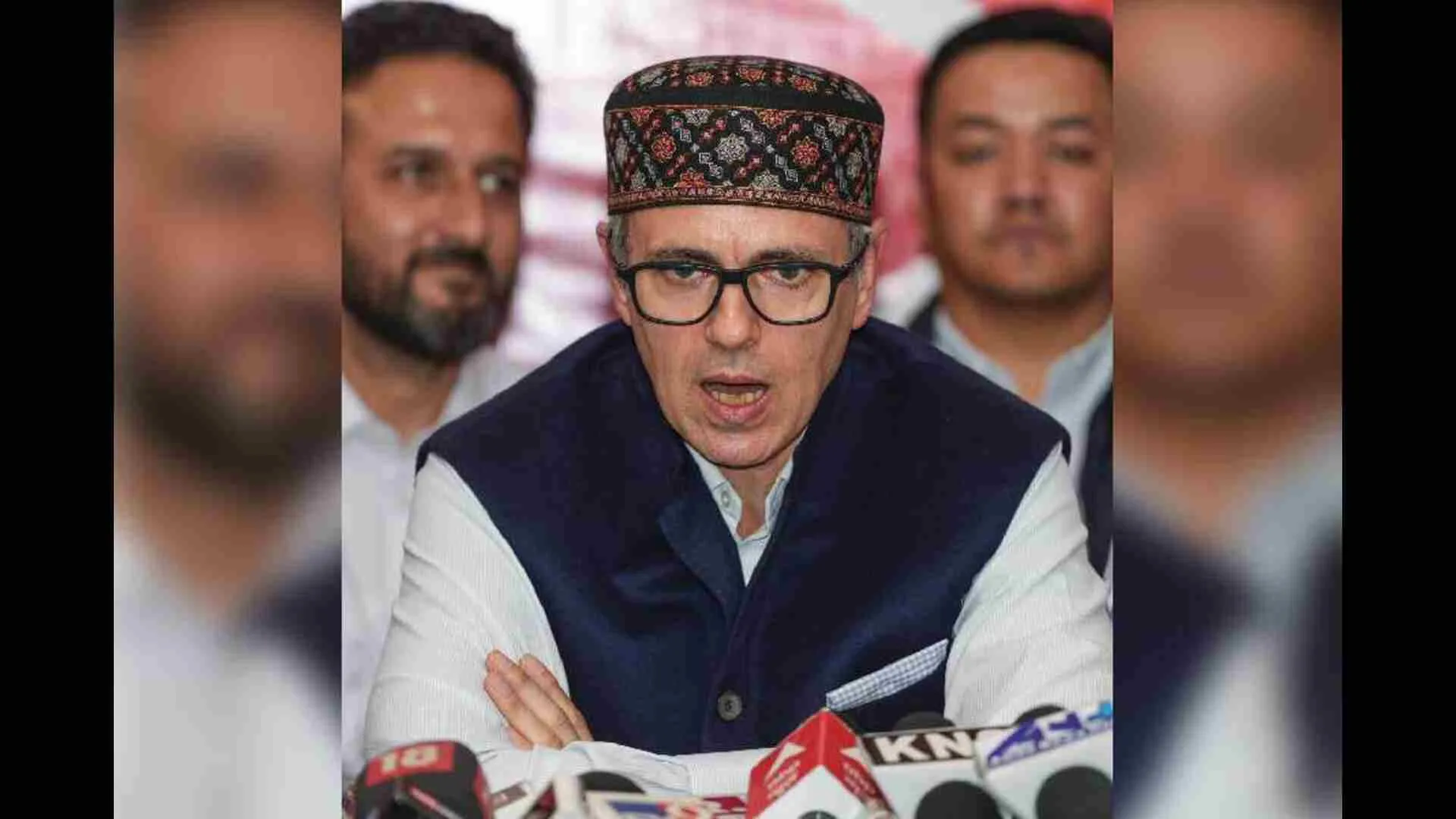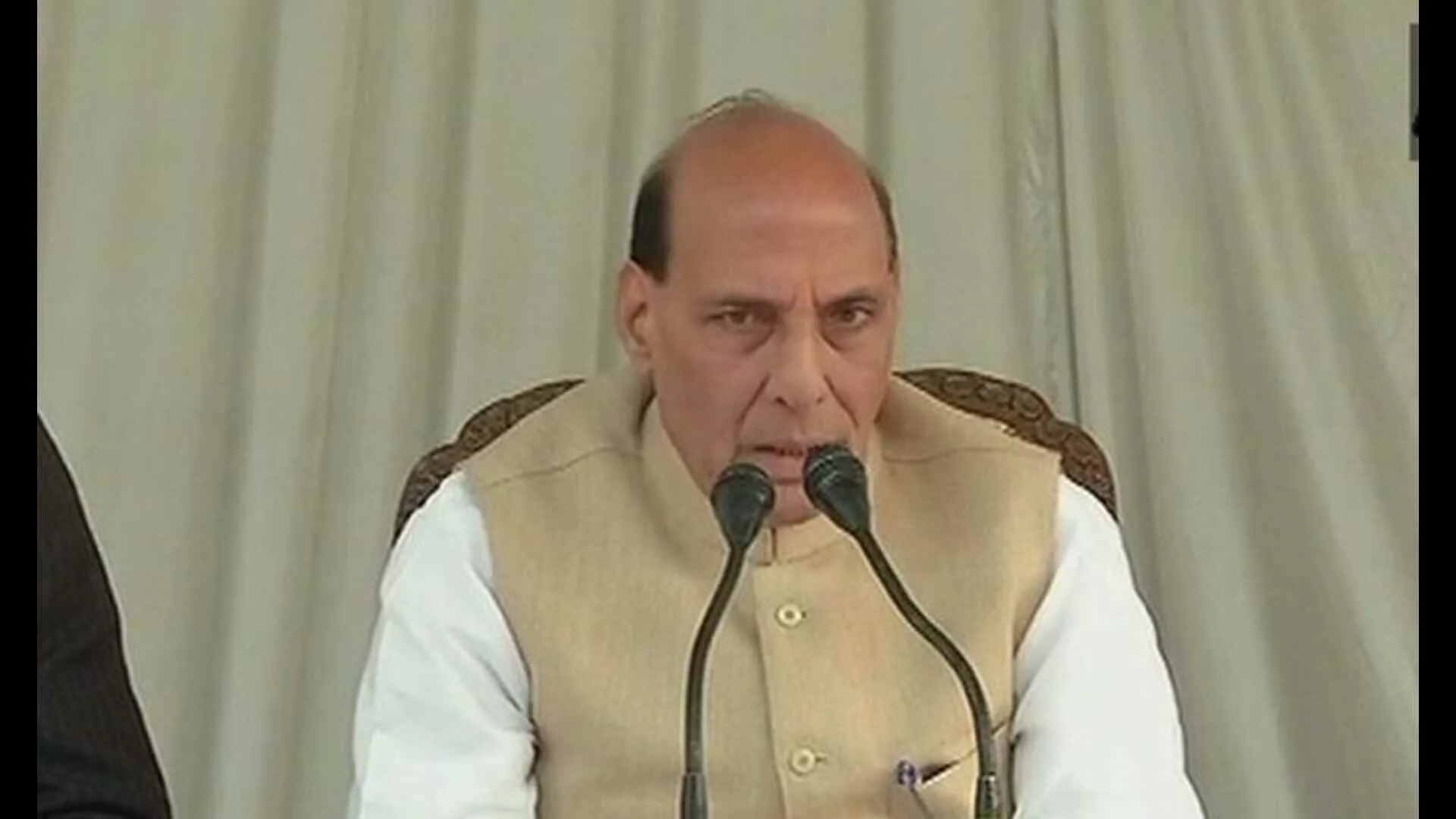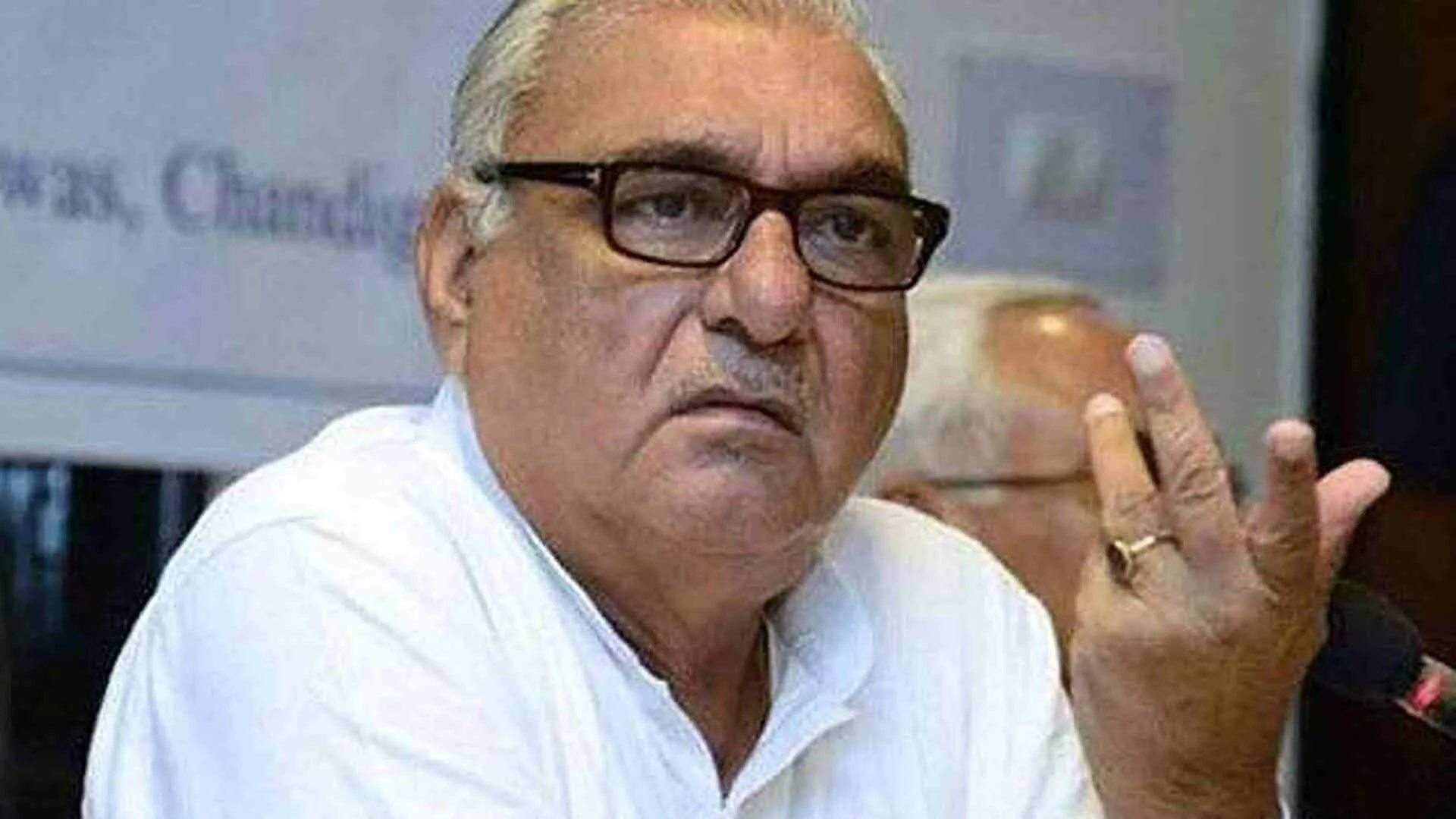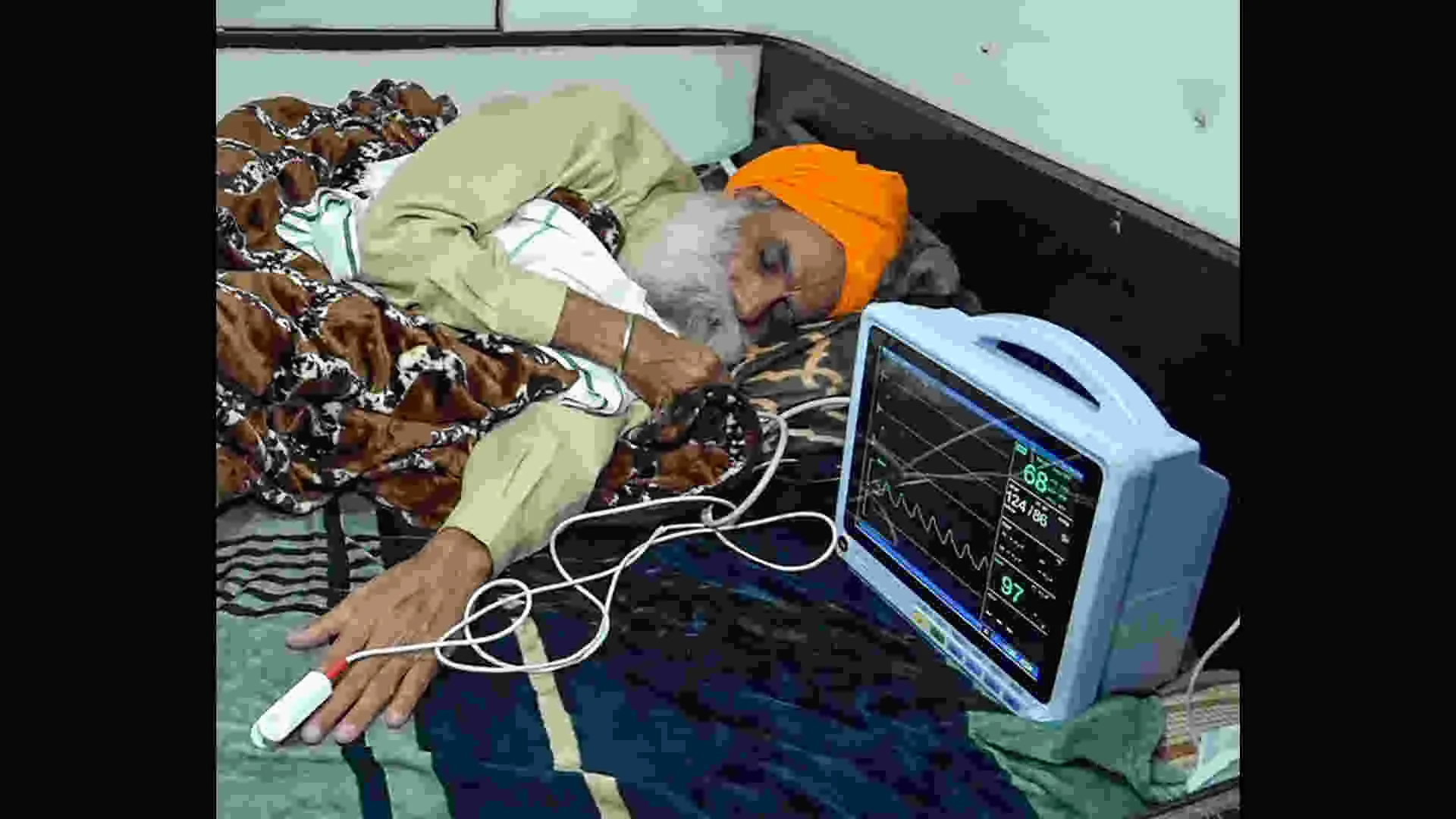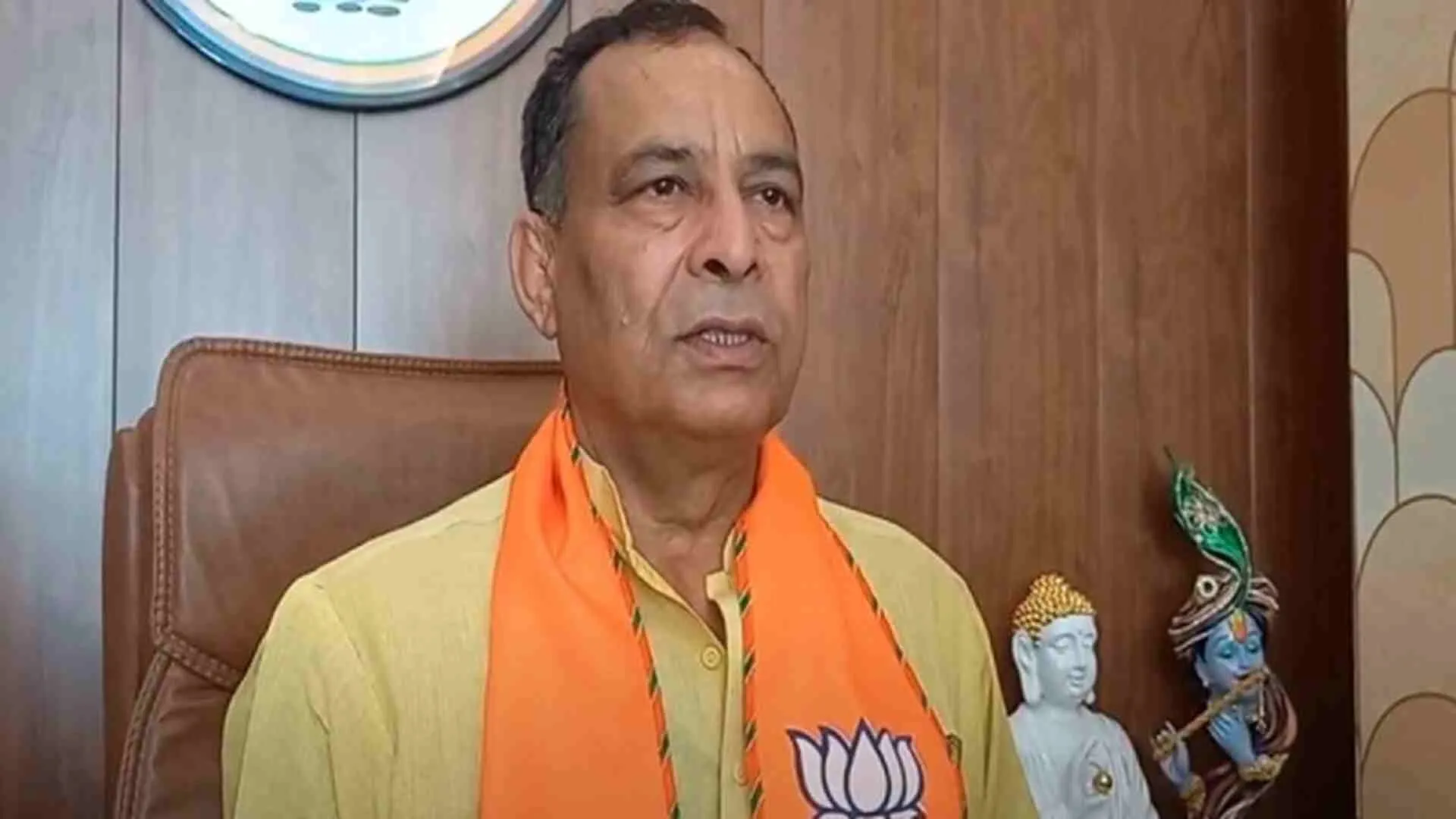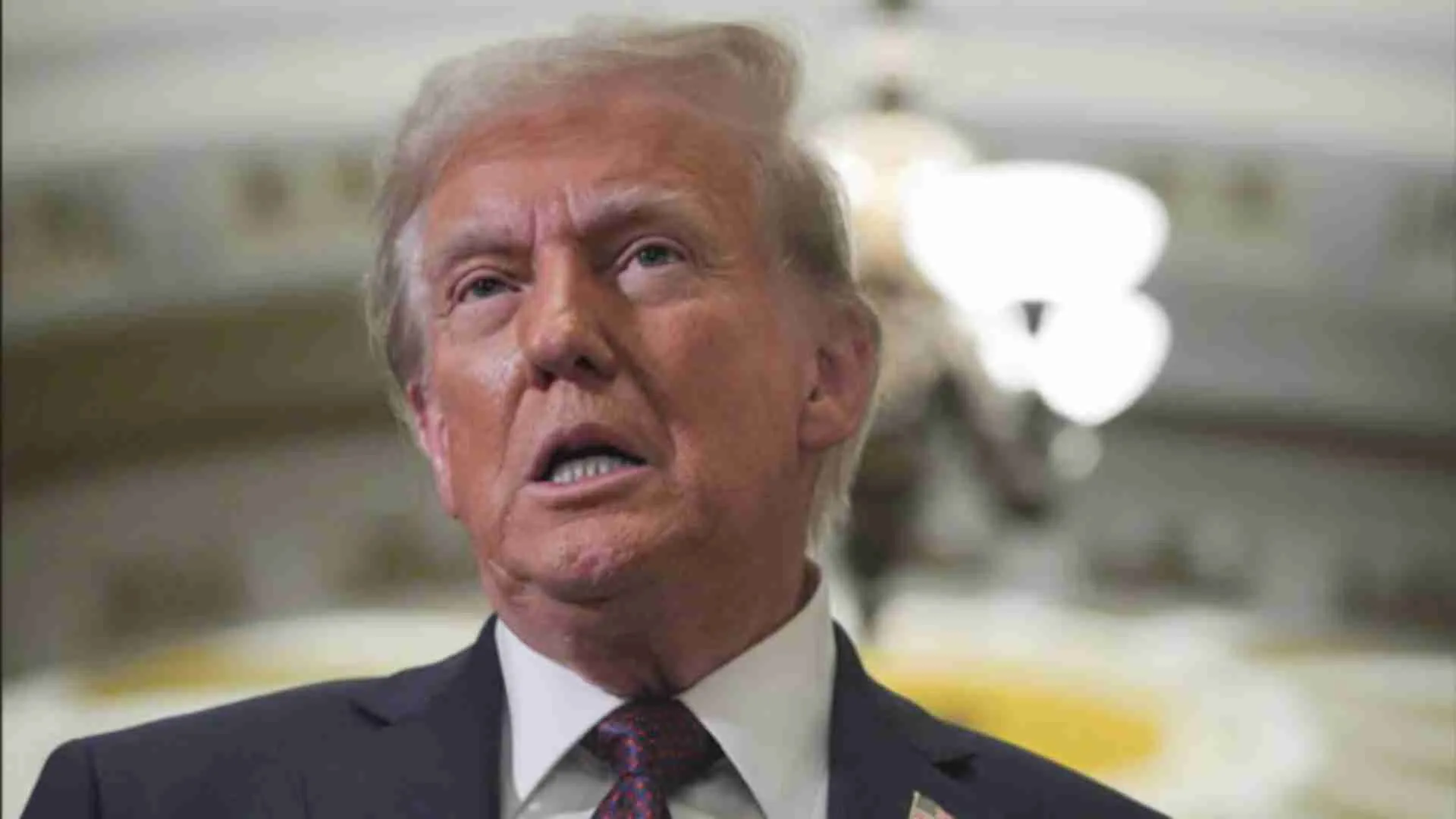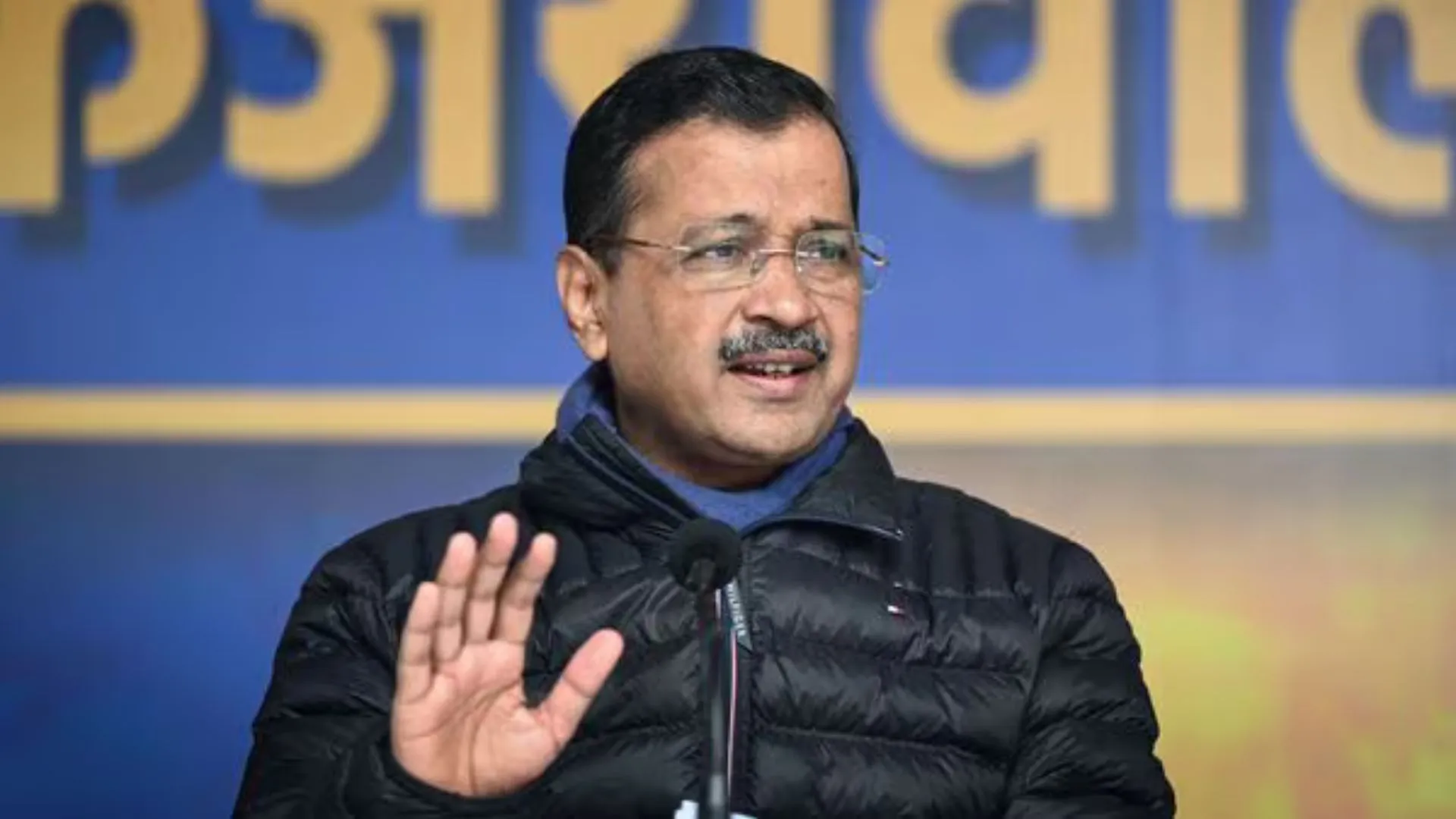With only 33 deaths per million (dpm) due to Covid-19, Uttar Pradesh has a lower dpm than the national average and one of the lowest among large states in the country. This statistic is even more striking as the state’s population density is among the highest in the country. Since the beginning of the Covid-19 pandemic, UP’s low death rate as well as high recovery rate has been a mystery to data scientists and experts.
Gautam Menon, professor of physics and biology at Ashoka University, was quoted by IndiaSpend in November as saying, “We just do not know why states like Uttar Pradesh have seen such few cases.” While the IndiaSpend article raised concerns of underreporting by the state, a report by SBI Research published in November ranked Uttar Pradesh among the states that have managed the Covid-19 situation “quite well”, as compared to Maharashtra, Karnataka, West Bengal, Chhattisgarh, Delhi and Andhra Pradesh, which have “done badly”.

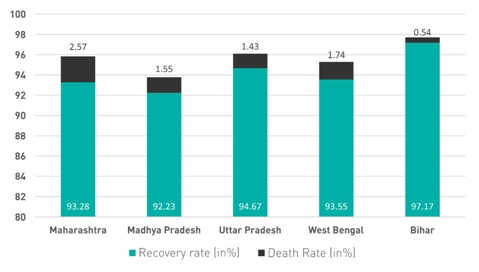
Recovery Rate and Death Rate from Covid in Top 5 most populous state
So, what explains UP’s exceptional performance and what can other states learn from it? It seems the SBI report hit the nail on the head. The state government’s clear, calculated and timely response to the pandemic seems to be a major factor in its performance. This was also acknowledged by the WHO country representative, Dr Roderico Ofrin, in November, when he stated that, “The UP government’s strategic response to Covid-19 by stepping up contact tracing efforts is exemplary and can serve as a good example for other states”.
Also Read: WITH 26K NEW CASES, INDIA RECORDS LOWEST COVID TALLY IN 5 MONTHS
As part of the contact tracing strategy, around 70,000 frontline workers were deployed across the state to trace high-risk contacts (HRC) of all Covid-19 cases. An assessment of the quality of contact tracing of 58,000 positive cases across 75 districts in UP revealed that around 93% of HRC were traced and tested. This was done with technical support provided by the WHO. To put this in context, let us look at the quality of contact tracing in Maharashtra, the state with the second largest population in the country, after UP. As reported to the media by an official of the Maharashtra government in September, across 31 districts, the average number of contacts of Covid patients traced stood at 10, against the ICMR mandated norm of 20. This number went down to just 5-6 in districts like Satara, Ahmednagar, Amravati, and Palghar. To be fair, contact tracing is a herculean task that requires multiple permutations and probability assessments along with a dedicated frontline workforce, more so in large states. Still, the difference in the quality of contact tracing in the two most populous states is striking.
Also Read: Andhra Pradesh’s mystery illness
Part of UP’s contact tracing strategy included state-wide surveillance to continuously identify and monitor patients with Influenza-like Illness (ILI) and Severe Acute Respiratory Infection (SARI). The Chief Minister, who had ordered the sealing of the state’s inter-state and international borders even before the nationwide lockdown, set up a taskforce of eleven senior officers called “Team-11” at an early stage to plan and review the measures being taken to manage Covid-19. The taskforce helped the administration in proactively identifying likely issues of public concern due to the lockdown restrictions and taking adequate measures before those issues got out of hand.
The provision of a doorstep delivery mechanism for daily needs was a key outcome of these efforts of Team-11, as were other proactive measures to quickly increase the state’s testing capacity and health infrastructure. While the state had just one lab and a testing capacity of 60 on March 22, it now has 234 labs, including 131 government ones, testing around 1.7 lakh samples every day. On October 1, UP became the first state in India to have completed 1 crore Covid tests, out of which 42% were RT-PCR. Similarly, while the state had no Covid hospitals in March, it now has 674 with the number of available beds standing at 1.5 lakh.
The Integrated Command and Control Centre set up by the CM as part of the office of the State Relief Commissioner has worked as a key focal point when it comes to the management of new cases. Apart from contact tracing, testing and home visits, the ICCC utilised the CM helpline for Covid patients as well as an online portal called UPCovid19tracks to ensure the tracking of patients longitudinally in real time. This helped the government in adapting its responses to a continuously changing situation. Similar ICCCs have been set up at the district level to streamline relief measures locally.
This multi-layered, comprehensive administrative mechanism to tackle the pandemic has been supplemented with a series of relief measures for returning migrants from other states, people who have lost their livelihood as well as other marginalised groups. The available data from state government sources indicate that around 40 lakh migrants came back to UP after the lockdown. As part of the relief measures,
– 6.7 crore food packets were distributed to the returning migrants along with one-month ration kits.
– Around 53 lakh construction workers, street vendors and daily wagers were given INR 1,000 in the form of Direct Benefit Transfer (DBT).
– Advanced pension was paid to around 86,71,781 senior citizens and disabled and destitute individuals.
– Under MGNREGS, over 17 lakh labourers were paid INR 25 crores in honouraria by the creation of 22.9 crore man-days.
– Additionally, around 40 lakh labourers underwent skill mapping and around 8 lakh MSMEs were made functional, employing over 50 lakh labourers.
– Around 25 lakh new jobs were created through 5.8 lakh new units.
This list of measures is long and commendable, but the nerve centre of UP’s Covid management success has been the state headquarter which seems to have equally emphasised anticipatory management and integrated networks for real time monitoring of a rapidly developing context. It is reasonable to say that the state government’s remarkably high operational efficiency seems to have made a sea of difference and there is much to learn for other states from it.
Neha Simlai is the founder-director of SPRF, a New Delhi-based policy think tank focused on social and political research. Jitendra Bisht is a senior analyst at SPRF.

